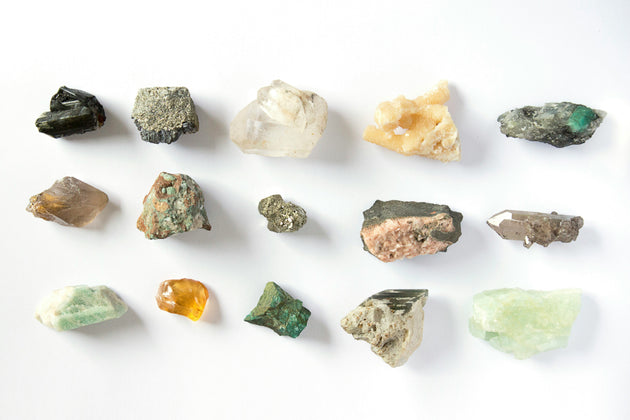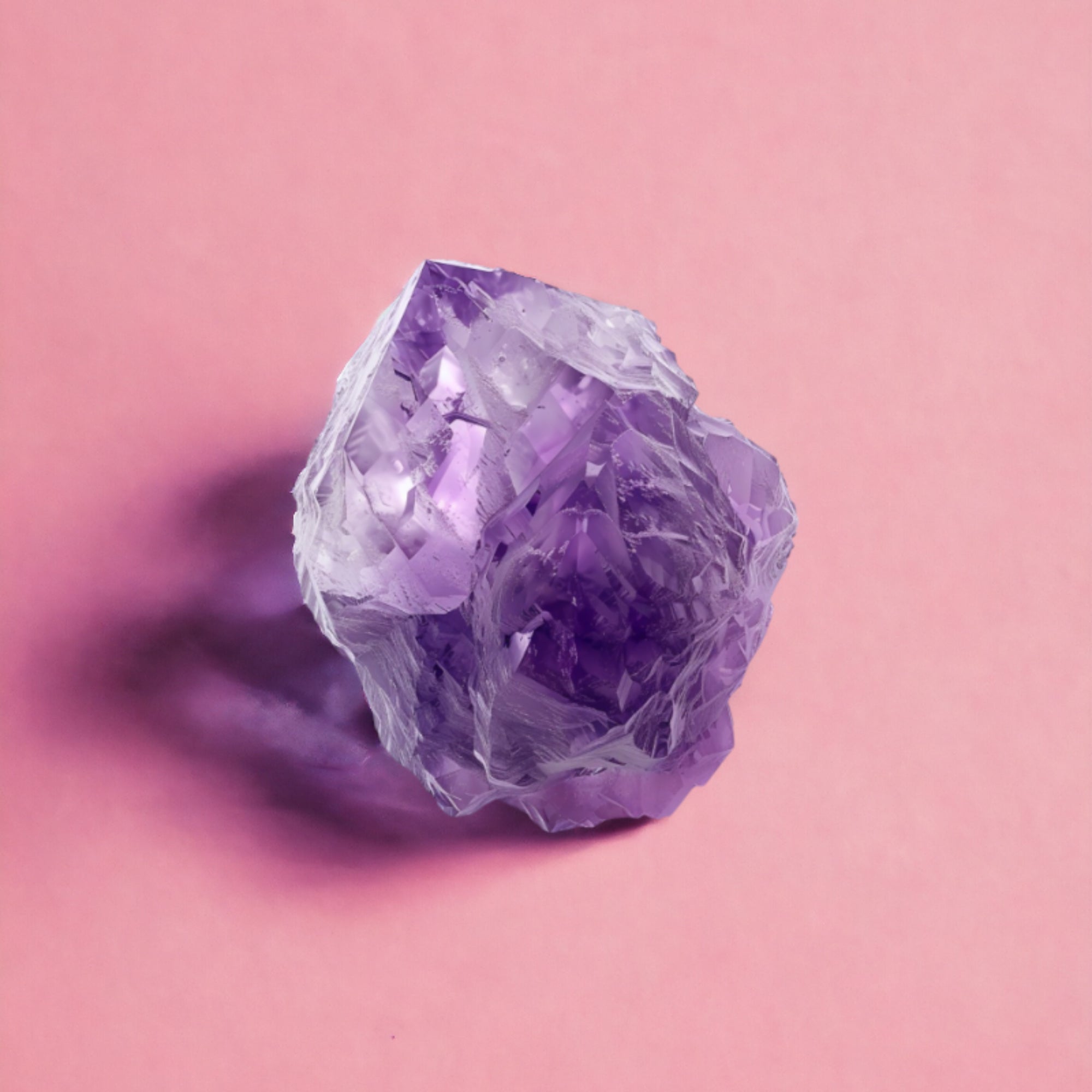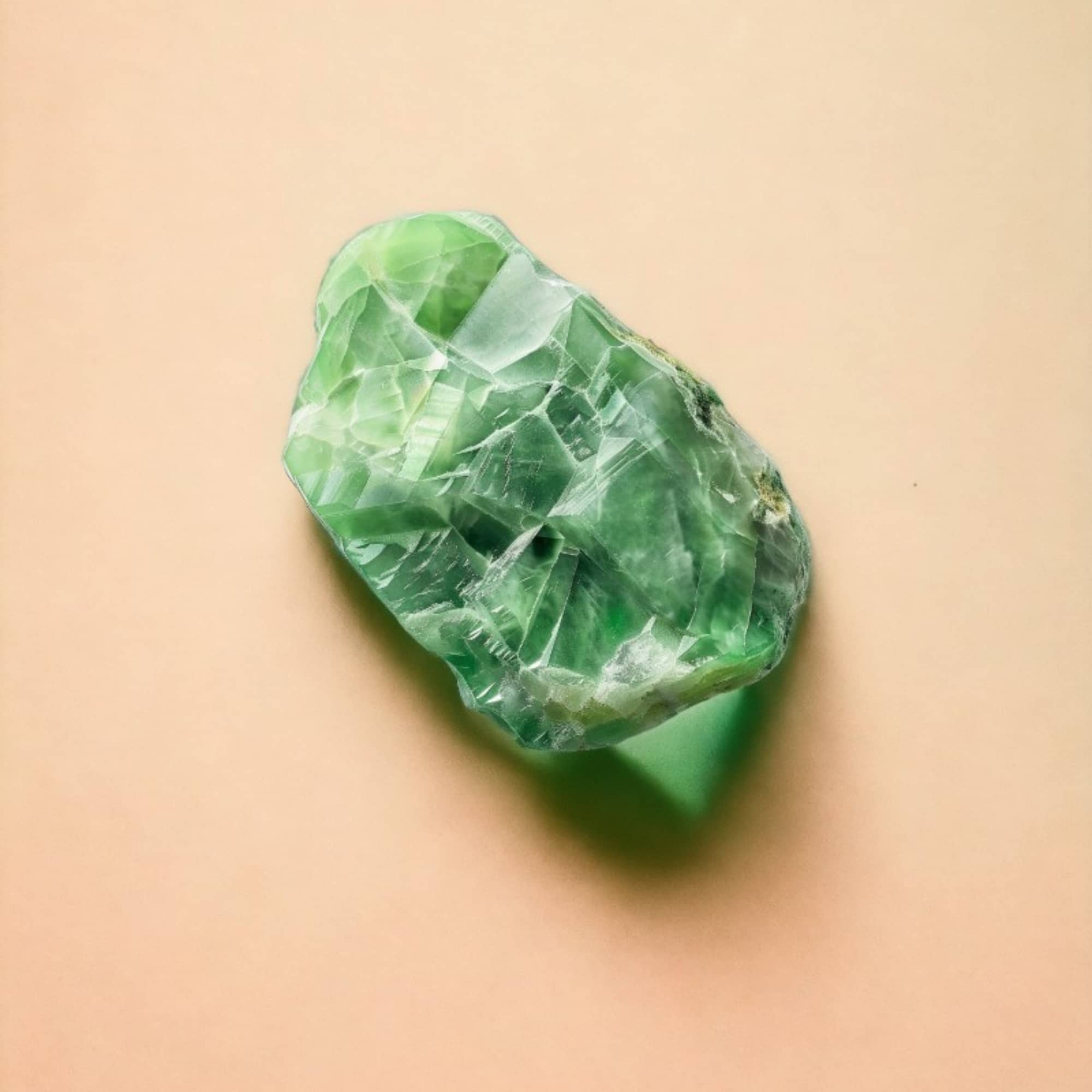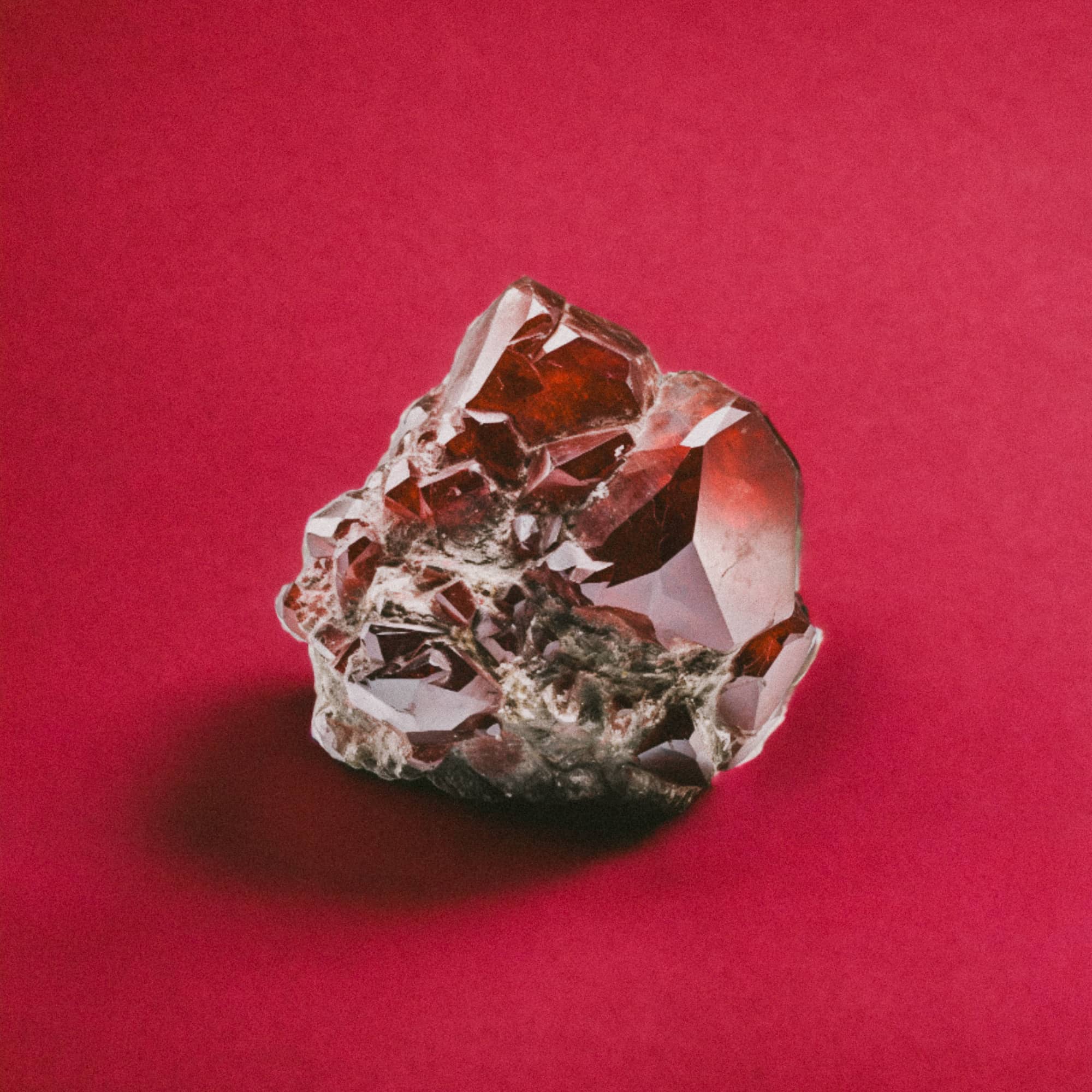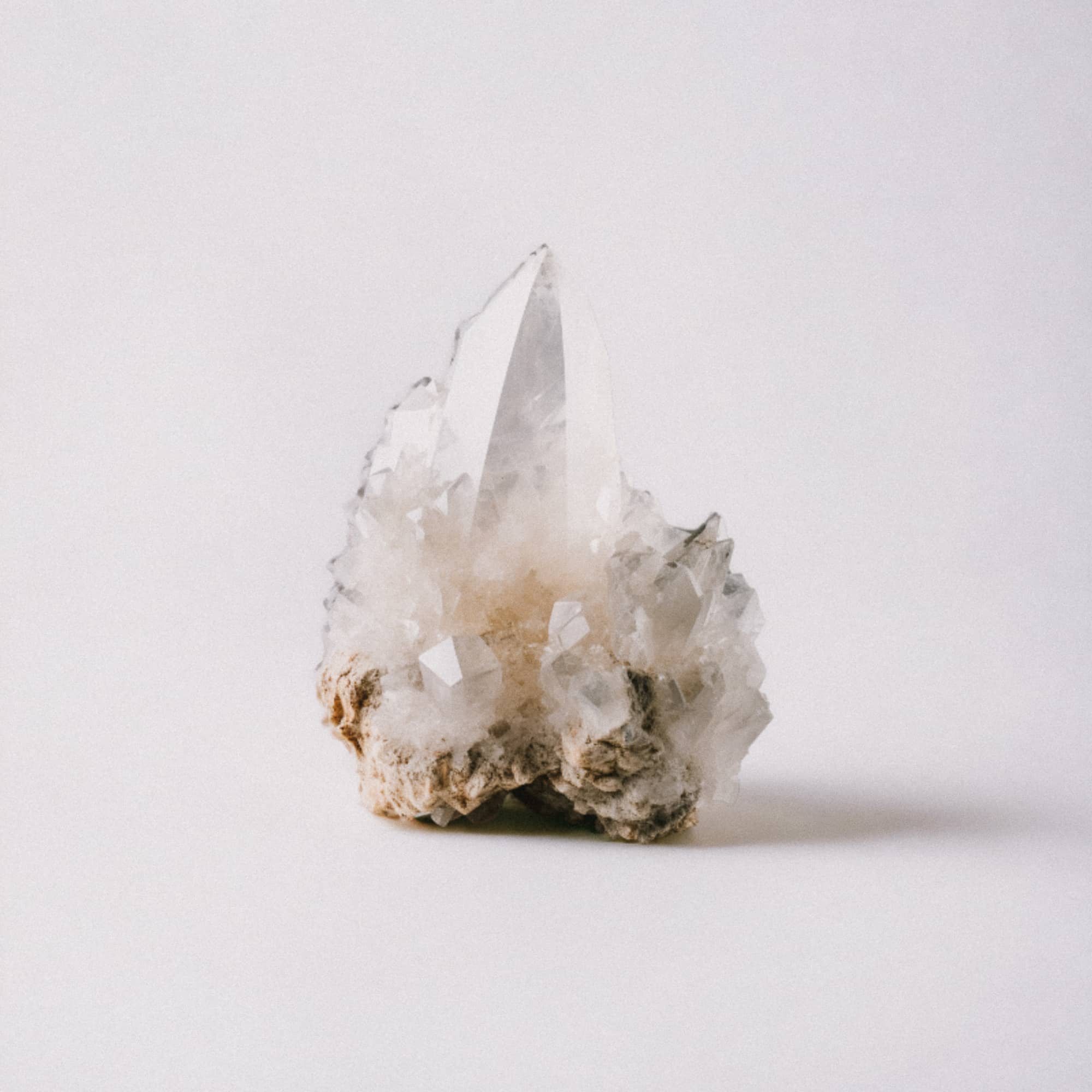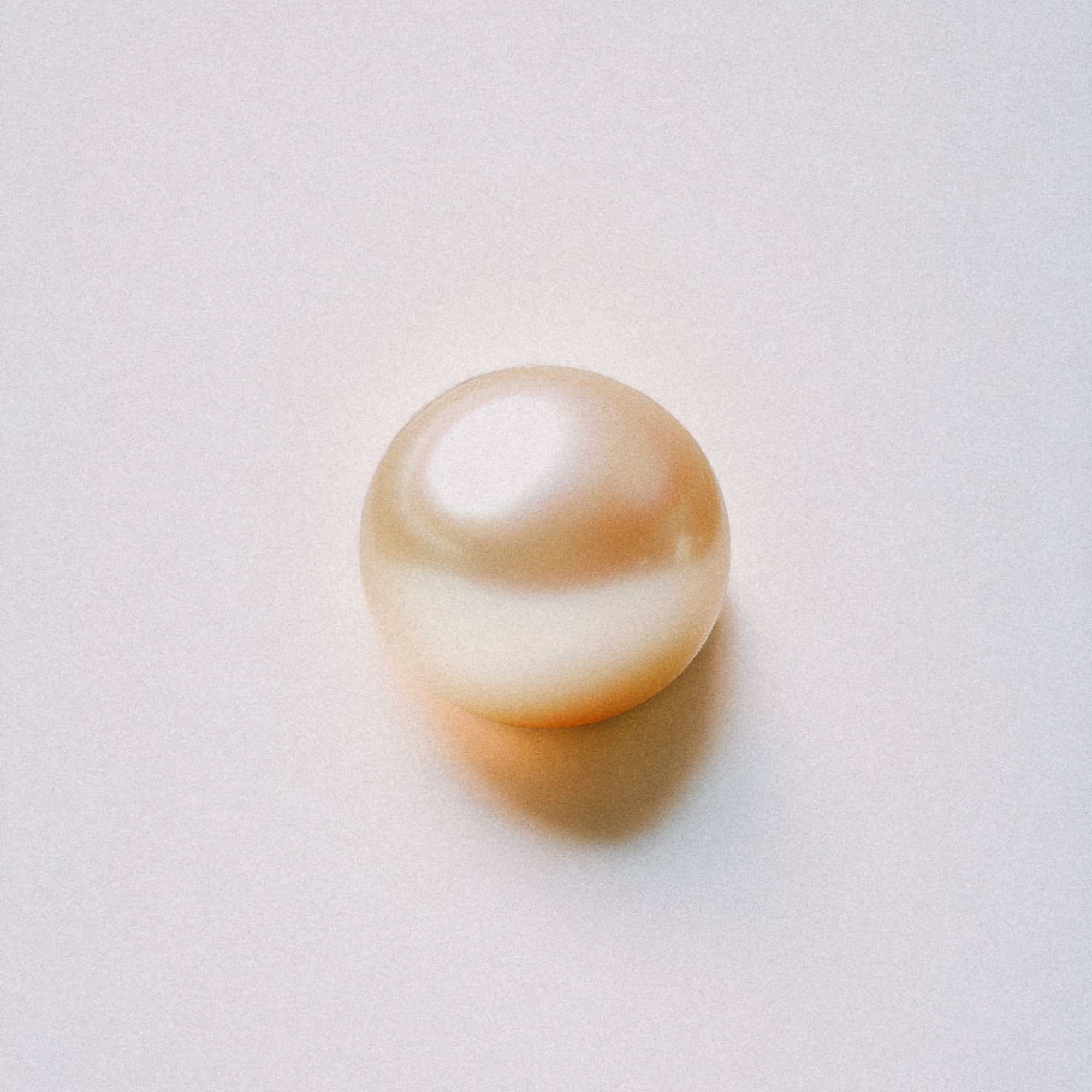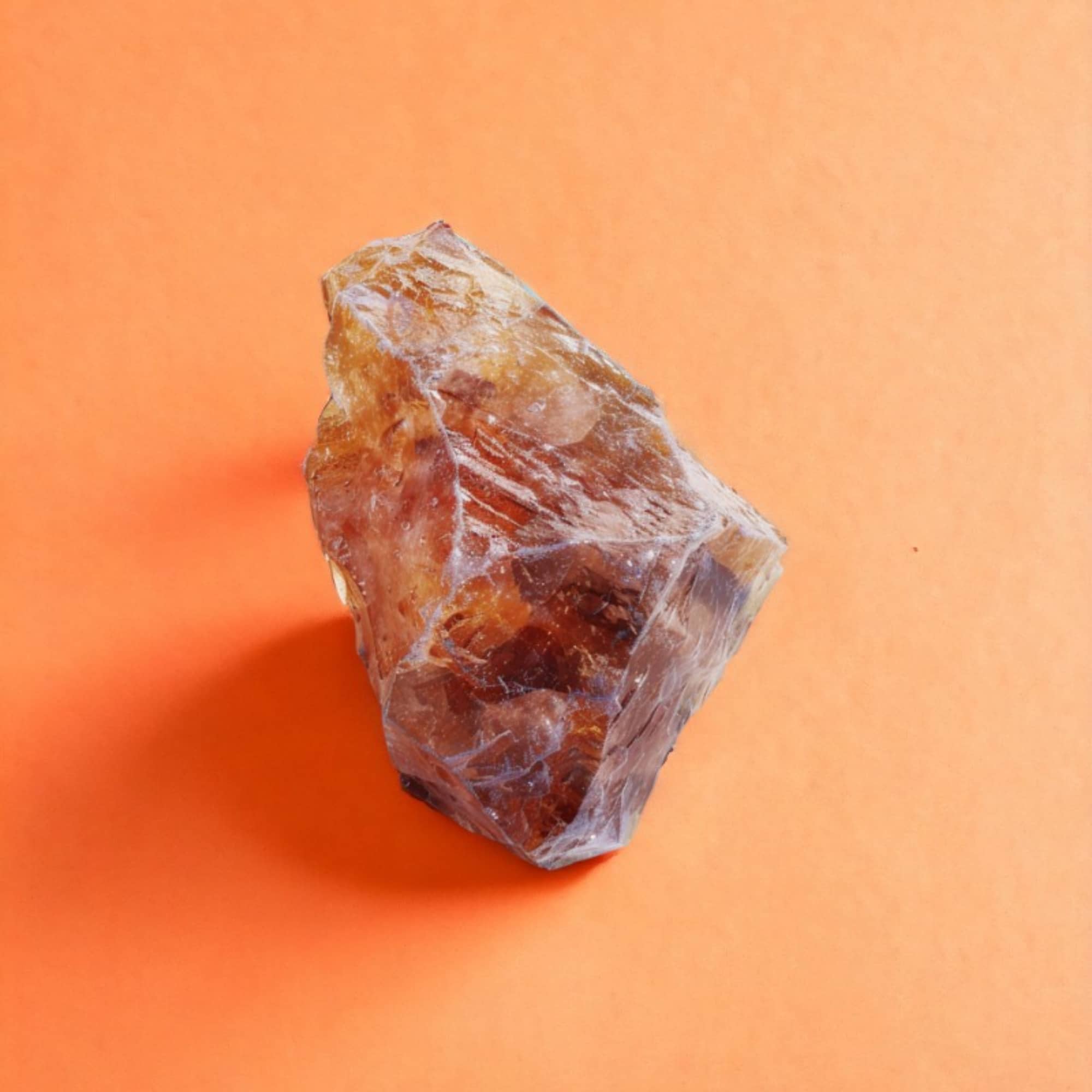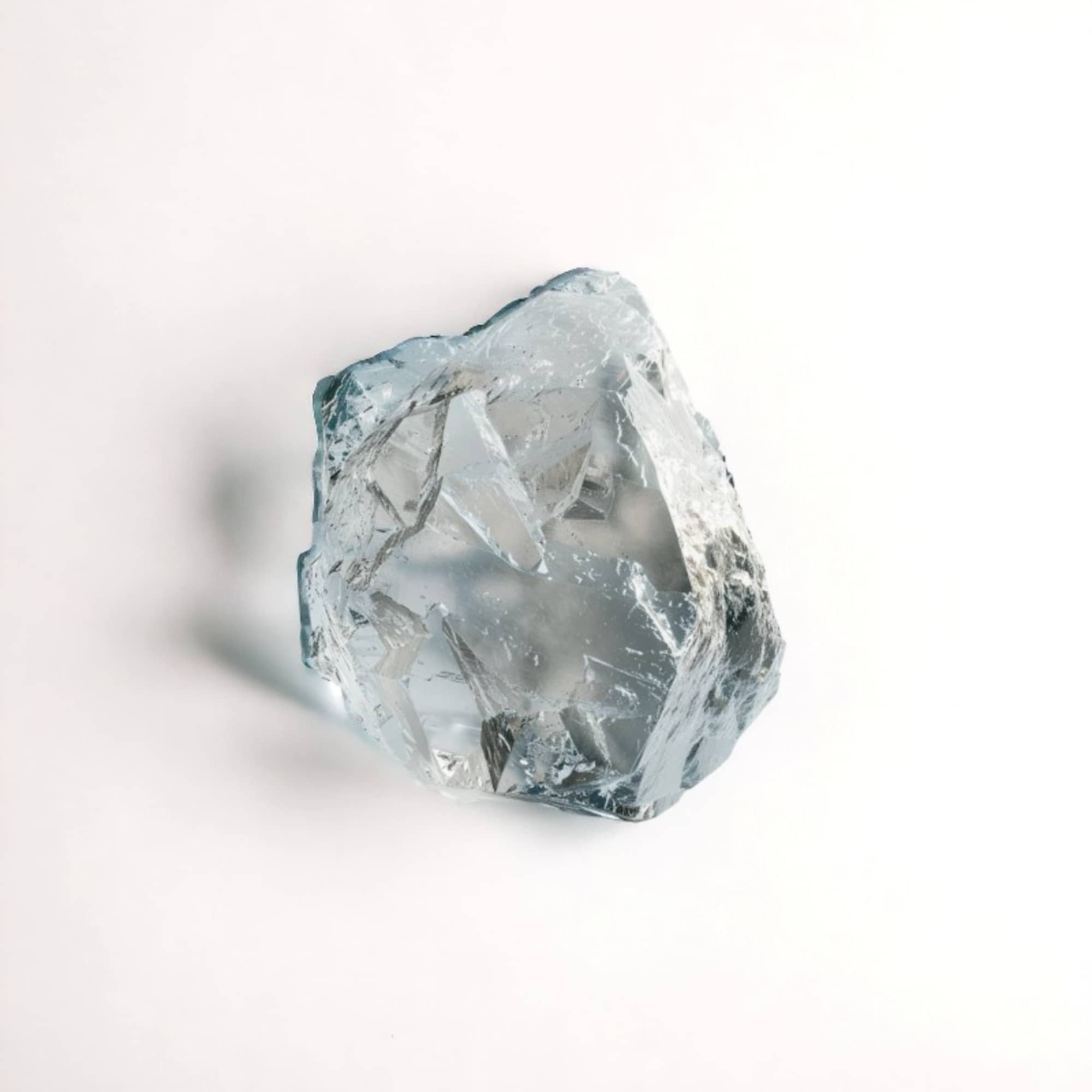History & Origins
Antiquity
Fascination with amethyst dates back to antiquity. The Greeks and Romans used the stone to protect themselves from drunkenness, believing that amethyst had the power to preserve sobriety. The name "amethyst" comes from the ancient Greek "amethystos", meaning "not drunk". Amethyst jewelry, goblets and amulets were commonly used at festivities to prevent drunkenness and promote clarity of mind.
The Middle Ages
In the Middle Ages, amethyst was considered a symbol of piety and devotion. It was often used in religious ornaments and bishops' crosses, earning it the nickname "Bishops' Stone". Amethyst was also believed to have the power to protect its wearer from negative thoughts and demonic attack.
Renaissance to present day
During the Renaissance, amethyst was sought after by royalty and nobility, not only for its beauty but also for its alleged protective and soothing benefits. It adorned many royal jewels and became synonymous with luxury. In modern times, amethyst continues to be a popular gemstone, valued for its healing properties in both jewelry and lithotherapy.
Cultural meaning
Amethyst holds a significant place in many cultures. For the Egyptians, it was a talisman against fear and guilt. In Buddhism, it is used to create rosaries and promote meditation. For Western cultures, it symbolizes calm, clarity and protection.
Its violet color is often associated with nobility, wisdom, dignity and spirituality, reinforcing its status as a highly esteemed gemstone through the ages.
Amethyst's rich history and mythical origins add to its value and charm. This gemstone continues to inspire and fascinate, offering not only natural beauty but also a deep connection with human history and culture. Whether as a talisman, devotional object or simple ornament, amethyst remains a timeless gem, conveying mystery, magic and light.

Provenance
Amethyst, the gem with its distinctive violet hue, is mined in many parts of the world, each adding its own nuance to the rich palette of this precious stone. Its provenance influences not only the hue and clarity of the stone, but also, to some extent, its market value.
Brazil
Brazil is one of the world's largest producers of amethyst, with deposits located mainly in the state of Rio Grande do Sul. Brazilian amethysts are renowned for their large size and colors ranging from pale pink to deep violet. The variety and abundance of stones available make Brazil an important source of amethyst for the whole world.
Uruguay
Uruguay is another major producer of amethyst, known for its particularly intense-colored stones. Uruguayan amethysts tend to feature deep violet hues, often with bluish undertones, making them particularly prized by collectors and gem enthusiasts.
Madagascar
Madagascar offers a variety of brightly colored amethysts, with shades ranging from lilac to deep violet. Malagasy deposits are prized for the high quality of their stones and the diversity of hues produced, contributing to the richness of the amethyst market.
Zambia
Zambia, in Africa, is a significant source of high-quality amethysts, characterized by a rich dark purple color. Zambian amethysts are often smaller than their South American counterparts, but are highly prized for their saturated color and exceptional clarity.
Other sources
Other countries, such as Russia, India and Canada, also have amethyst deposits, although they are less abundant. These diverse sources contribute to the worldwide availability of amethyst, enabling everyone to find a stone that meets their aesthetic and energetic preferences.
Amethyst provenance plays a crucial role in the specific characteristics of each stone, offering a wide range of colors, clarity and sizes. This diversity makes amethyst an accessible and sought-after gemstone, capable of meeting everyone's tastes and needs, while adding a touch of mystery and elegance to any collection or creation.
Features
Amethyst, with its splendid violet hue, possesses a series of fascinating characteristics that distinguish it as one of the most appreciated gemstones. From its iconic color to its unique optical properties, every aspect of amethyst contributes to its captivating allure and aura of mystery.
Color
The color of amethyst ranges from pale lilac to deep violet, a chromatic richness that depends on the concentration of iron in the quartz and exposure to radiation. The presence of traces of other elements can also influence color nuances, adding touches of blue or red. The variety of hues enables amethyst to captivate a wide audience, with each stone offering its own unique beauty.
Clarity
Amethyst is typically transparent to translucent, with high-quality stones featuring exceptional clarity. Inclusions, while they may be present, are often minimal, allowing light to pass through the stone and enhance its vibrant color. Unique inclusions can also create interesting optical phenomena, such as the star or shimmer effect.
Hardness
With a hardness of 7 on the Mohs scale, amethyst is strong enough to be used in a wide variety of jewelry, although it does require some care to avoid scratches. This hardness makes amethyst a popular choice for rings, necklaces and other ornaments subject to regular wear.
Optical properties
Amethyst can exhibit a dichroism effect, showing different colors depending on the angle of view. This adds an extra dimension to the stone, with subtle variations in color revealed under different light sources.
Formations and sizes
Amethyst crystals can be formed into large geodes, aggregates or individual crystals, offering a wide variety of shapes and sizes for collectors and jewelry designers. Large amethyst geodes are particularly sought-after for their natural beauty and visual impact.
Amethyst combines stunning aesthetics with a range of physical and optical characteristics that make it a truly exceptional gemstone. Whether for its elegant allure or its purported healing properties, amethyst continues to captivate and inspire, solidifying itself as a must-have gem in the world of jewelry and beyond.
Benefits & Properties
Amethyst is much more than a dazzling gemstone; it's also loaded with benefits and beneficial properties that make it a sought-after gem in lithotherapy and various spiritual practices.
Spiritual and metaphysical properties
-
Calming and soothing
Amethyst is widely recognized for its calming effects on the mind, helping to reduce stress and anxiety. Its ability to promote serenity makes it an ideal stone for meditation and relaxation.
01 -
Purification
Traditionally, amethyst is used to purify energies, cleanse spaces of negative influences and promote a peaceful, harmonious environment. It is often placed in homes as a form of spiritual protection.
02 -
Intuition and Clairvoyance
Amethyst is believed to stimulate the third eye, enhancing intuition and the ability to access deeper wisdom. It is also associated with clairvoyance and spiritual knowledge.
03
Benefits for Physical Health
-
Sleep support
Amethyst is reputed to help combat insomnia and improve sleep quality. Placing an amethyst under the pillow or near the bed is believed to promote restful sleep and prevent nightmares.
01 -
Hormonal balance
Some practitioners of lithotherapy believe that amethyst can help regulate hormonal imbalances and support the endocrine system, contributing to overall physical well-being.
02
Chakra harmonization
-
Stimulation of the Crown Chakra
Amethyst is particularly connected to the crown chakra at the top of the head. It is believed to open this chakra, promoting connection to higher energies and universal consciousness.
01 -
Emotional balance
Thanks to its influence on the crown chakra, amethyst also helps to balance emotions, encouraging a more serene and balanced outlook on life.
02
Lithotherapy uses
Amethyst is widely used in lithotherapy for its many benefits. It can be worn as jewelry, placed in living or working spaces to create a calming atmosphere, or used in meditative and spiritual practices to support personal growth and emotional healing.
The combination of its aesthetic and energetic properties makes amethyst a versatile and powerful gemstone, sought after to enrich both body and mind. Its reputation as a stone of wisdom and spirituality continues to inspire those seeking to deepen their inner connection and cultivate a sense of peace and well-being.
Care
Amethyst, with its captivating violet hues and spiritual properties, requires proper care to retain its brilliance and energy. Here's how to care for and recharge this precious stone.
Amethyst care
Wash amethyst with lukewarm water and mild soap, using a soft bristle brush if necessary to remove dirt build-up. It's important to avoid harsh chemical cleaners that could damage the stone. After cleaning, rinse your amethyst thoroughly under running water and dry with a soft cloth. Make sure the stone is completely dry before storing or reusing it.
Store amethyst separately from other jewelry to avoid scratches. A soft cloth bag or lined jewelry box is ideal for protection.
Amethyst Energy Recharge
Lunar Light
The best way to recharge an amethyst is to place it in moonlight, especially during a full moon. The soft lunar light will help purify the stone and renew its energies.
Earth
Burying amethyst in the earth also helps recharge it. Direct contact with the earth can help eliminate accumulated negative energies and restore the stone's natural vibrations.
Quartz clusters
Placing amethyst on or next to a quartz cluster can also help purify and recharge it. Quartz, known for its cleansing properties, acts as an energy amplifier for amethyst.
Avoiding Direct Sunlight
Although sunlight may seem a natural recharging method, prolonged exposure can cause amethyst color to fade. It is therefore advisable to avoid leaving your amethyst in direct sunlight for long periods.
By caring for your amethyst and recharging it regularly, you ensure that this stone continues to radiate beauty and positive energy. Proper care ensures that amethyst remains a treasured spiritual companion and a dazzling addition to your gem collection.
Amethyst, with its rich violet hue and deep historical and cultural roots, is more than just a gemstone; it is a symbol of serenity, purification and spiritual connection. By caring for amethyst and recharging it regularly, we not only perpetuate its natural beauty, but also cultivate the benefits it embodies. Whether used in lithotherapy, worn as jewelry or placed as a decorative object, amethyst continues to enrich our lives with its soothing presence and mystical aura. Its heritage of calm and clarity is a constant reminder of the tranquilizing power of nature, inviting us to embrace inner peace and deepen our spiritual journey. By integrating amethyst into our daily lives, we open the door to a world of ancient wisdom, emotional balance and timeless beauty.


